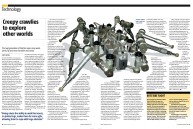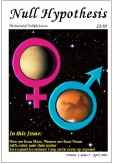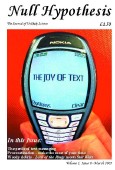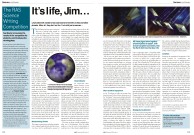Does bungee jumping make your eyeballs pop out?
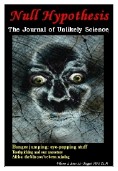 Adventure sports such as abseiling and skydiving attract enough scare stories, and bungee jumping is no exception. Everyone’s probably heard about the lady killed whilst jumping from a 60m high bridge in Australia because she’d accidentally been tied to a rope 80m long. Or the newly-weds that tried a tandem jump on their honeymoon, but didn’t hold on tightly enough on the way down and cracked face-first back together at the end of the rope. Fortunately, most of these are urban myths and survive only due to their pub-gossip potential rather than their accuracy.
Adventure sports such as abseiling and skydiving attract enough scare stories, and bungee jumping is no exception. Everyone’s probably heard about the lady killed whilst jumping from a 60m high bridge in Australia because she’d accidentally been tied to a rope 80m long. Or the newly-weds that tried a tandem jump on their honeymoon, but didn’t hold on tightly enough on the way down and cracked face-first back together at the end of the rope. Fortunately, most of these are urban myths and survive only due to their pub-gossip potential rather than their accuracy.
Continue reading
